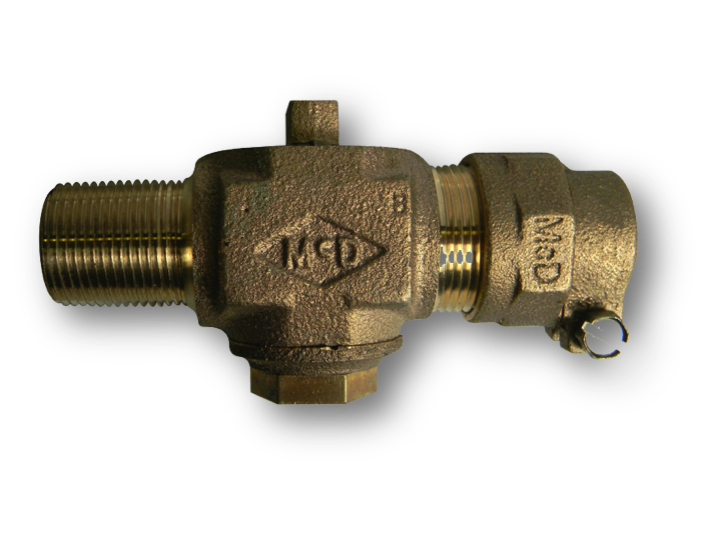Imagine being solely responsible for a completely flooded basement or the creation of a sinkhole. These two scenarios can become a reality when the corporation stop isn’t installed properly, leaving the possibility for a busted connection to the water main.
The installation of water works products that grant a household access to the water main is a responsibility that falls upon the city, not the homeowner. One of the fixtures that play a major role in the process is the corporation stop. As the special stop valve that taps the water main, the corporation stop is usually used only once. However, it may be utilized again in the instance that water needs to be shut off deep below the ground for one reason or another.
Proper installation of the corporation stop involves placing the part at a 45-degree angle and ensuring that the operating head is located on the side of the valve. In doing so, the pressure from the ground above the corporation stop becomes absorbed and causes the pipe to bend at all the right places; therefore, saying goodbye to a busted connection that may not become evident for a number of days to a week. Keep in mind that plug valves are more susceptible to a busted connection than a ball valve.
The sole purpose of a corporation stop is to allow for the installation of a new water service line without interrupting the water main pressure. When installed improperly, this product becomes more of a liability than what it’s worth, especially since it’s kept underground. For the homeowner, all they see is a flooded basement while the city is the one that has to dig and fix the leak from its source. This can be both expensive and time consuming for everyone involved.
The act of getting water from one location to another is a lot more complicated than homeowner’s think. With every fixture considered an essential piece to the puzzle, it is the city’s obligation to make this process as painless as possible. And this can all start with the proper installation of the corporation stop.

